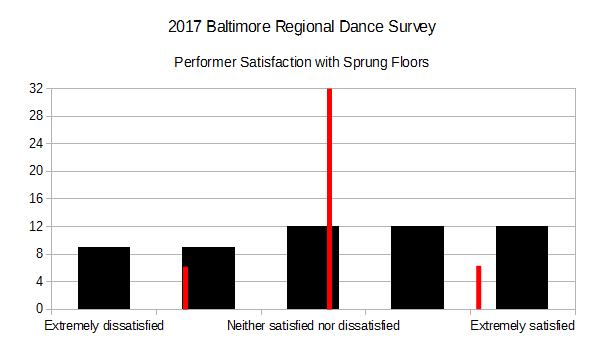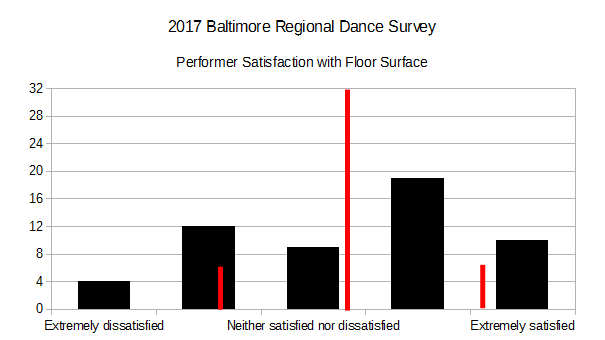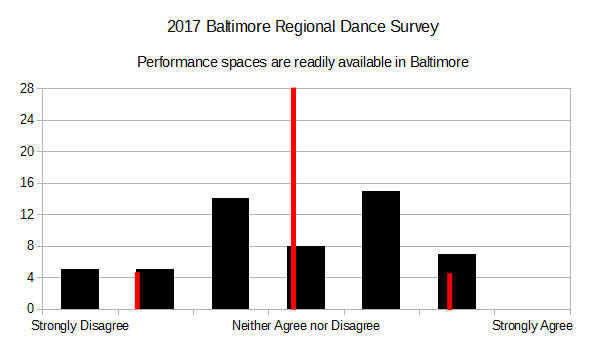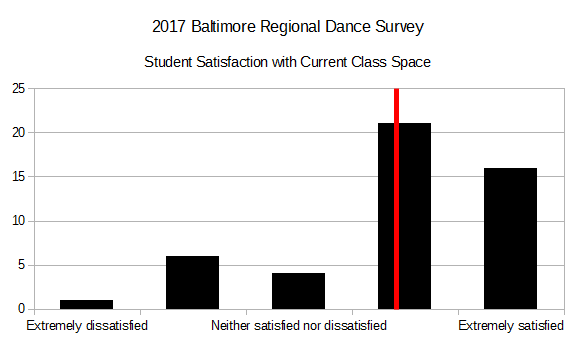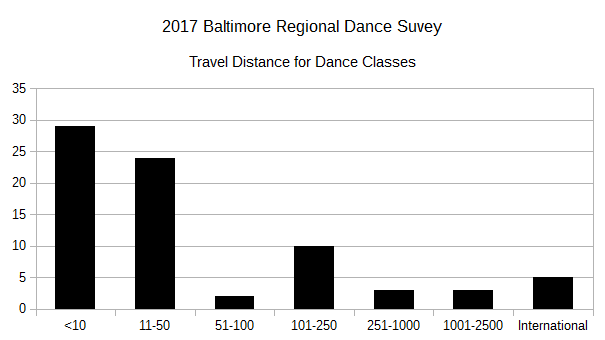Divided into four sections, each with 13 defined categories and an open-ended “other,” the Baltimore Regional Dance Survey sought to understand the kinds of services demanded by respondents in the region. Services specified in the question were:
Performance recording
Performance broadcast
Co-working and meeting space
Costume services
Marketing services/assistance
Health and wellness
Accounting/Business services
Non-dance classes (e.g., Marketing, Audio production)
Physical therapy
Music creation and editing
Job placement/Career information
Financial assistance
Housing information/Referrals
For each dimension of a respondent’s dance career (Student, Instructor, Performer) respondents were asked to indicate which of these services they “are likely to use to advance your dance career.” 66 different respondents engaged this question in at least one dimension of their dance career. The response summary across all career dimensions looks like this:


